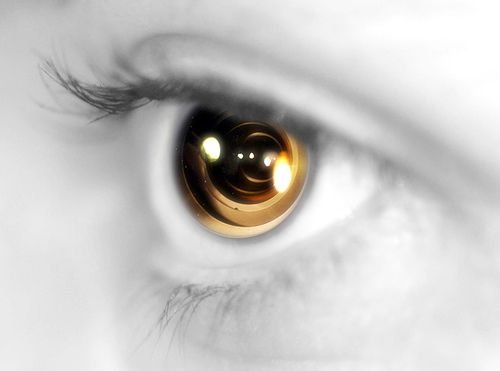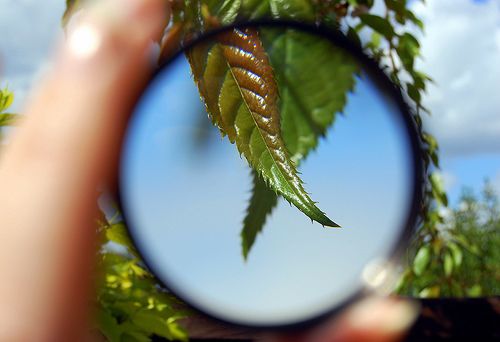Above: New Pet Training is easier with the Fish School
So you’re getting a new pet. Great news! There are surely many happy hours of fun ahead for you but first, you’ll need to think about the specific training your pet will require so that it can happily and safely adapt to living with you.
Below is a brief introduction to the training of various different pets, to get you started.
Dogs
Training dogs is essential and relatively straightforward. Dogs are natural pack animals and they thrive on receiving clear signals from their owners in a consistent, routine way. Do not be afraid to show your dog that you are in control at all times and try to keep feeding and walking times reasonably consistent. Dog insurance coverage starting from the moment a pet comes into the home is a great idea especially since new animals can be boisterous and mischievous when they first arrive.
Cats
Starting early and using plenty of love are the keys to training your cat. Training through punishment will make your cat stressed and unhappy and will not achieve the results you are looking for. Instead, encourage good behaviour as early as possible through encouragement and incentives. Cats thrive on having their own, safe, secure home to relax in and explore. If you are planning to let your cat roam outside in the garden, consider cat insurance cover for your peace of mind.
Rabbits
If your rabbit is going to live outside, it will require training to become accustomed to you. This can be achieved by daily, gentle handling from when the rabbit is young and through its life. Make sure being held is something the rabbit enjoys by ensuring it is always comfortable and well-supported, and you can give it treats to nibble too. If you are keeping your rabbit indoors, litter box training will be necessary and can be easily achieved by moving your rabbit’s droppings to a rabbit box located in specific part of its sleeping quarters or play area.
Birds
Pets such as parrots, parakeets and budgies love human company. They thrive on attention and, like cats, do not respond well to punishment or discipline. Train your pet bird through rewards and encouragement, and by ignoring undesirable behaviour. Ensure training sessions with your bird are relaxed, upbeat and fun for you and your pet.
Hamsters
Being fairly independent animals, hamsters require little training to live comfortably, as long as they are provided with a safe, clean habitat. However, you can toilet train your hamster in a similar way to rabbits – by moving droppings to a particular area consistently over time and regular handling is a good idea too.
Mice
Training your pet mouse to perform simple tasks can be fun for you and your mouse, while creating a bond between pet and owner. Make sure your mouse is comfortably settled in its home before attempting any training, allowing at least two weeks for this process. Then you can encourage your mouse to do things like coming to your open hand or running mazes through positive reinforcement – offering treats for successful behaviour.
Guinea Pigs
Regular, gentle handling from a young age can help make your guinea pig tame and friendly towards humans. You can toilet train your guinea pig in the same way as a rabbit or a hamster – by gathering all waste into a particular area – and guinea pigs will enjoy learning simple tricks through rewards.
Reptiles
Training reptiles is possible but a bit different from other animals so it not always advisable. Some reptiles will welcome human contact, others remain relatively wild and shun humans. Consistent handling can help get your animal to tolerate human interactions. Respect your reptile by only handling or petting it if it displays signs such as not trying to get away, falling asleep in your arms, not hissing or biting and generally relaxing in your company.
Horses
Training horses is largely best left to professionals, or with guidance from a professional horse trainer. Horse training focuses on safety, as horses have the potential to do great harm to humans and themselves if not properly trained. Be sure to compare pet insurance policies online before attempting to train a horse and keep in mind that horse rearing and handling is not a hobby – it is a lifelong commitment.
Fish
Believe it or not, fish can be trained and there is a Fish School on the market to help you get the job done. Dr Dean Pomerleau used rewards to train his fish to swim through tubes, dunk a basketball and limbo under a bar. Like all training, working with a fish takes time and patience, so enjoy watching your fish, learning about its natural behaviour and have fun experimenting with training!
This article was provided by moneysupermarket.com which is the UK’s leading price comparison site. Their pet insurance service features a wide range of companies designed to help pet owners in the UK find the right coverage quickly and easily.




